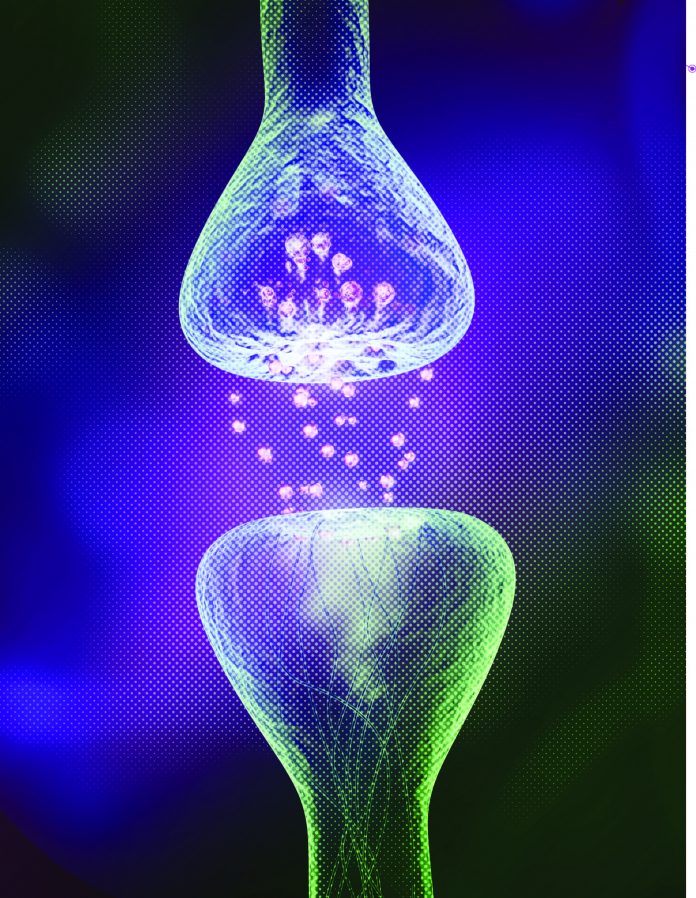By Jake Towner
“So there is a suggestion there, that, uh, manipulation of neurohumoral compounds, brain neurotransmitters, and that sort of thing may in fact open the door, to, uh, untapped areas of human potential.” -Terrence Mckenna
There are two different types of endocannabinoid receptors named simply CB1 and CB2. The difference between the two receptors involves their locations in the body and their activities effects. In detail we will discuss the specifics of each and why different cannabinoids have different effects. For example, you will learn why THC has such a powerful effect on the mind and why CBD is not so intoxicating.
The first CB1 receptor is primarily located in the brain and spinal column, however it is also found in other parts of the body; for example in the liver where it influences lipogenesis. For this reason, CB1 activation leads to a profound change in brain cells chemistry. This is perceived as a shift in your consciousness. I mentioned before that THC has a more powerful effect on the mind than CBD, and this is because THC bonds to CB1 receptors more than CBD does. The bonding probability, which is the likely-hood that a molecule will activate its receptor, is a constant that is called affinity. THC has a higher affinity for CB1 receptors than CBD does. The reason THC’s affinity is higher than CBD is that the physical shape of the THC molecule fits into the CB1 receptor better than CBD fits. You can think of a receptor as a lock and the THC is its key. Together they open a door, which allows for critical neurotransmission to occur.
The second CB2 receptor is primarily located on the immune system cells and in the peripheral nervous system nerve terminals.It works by suppressing signals coming from the nerve terminal from reaching the part of your brain that perceives pain. Because the receptor is found mostly in immune system cells, as well as the nerve terminals, molecules that have a higher affinity for CB2 receptors, for example CBD, can have a profound effect on immune homeostatic functions. For example it can suppress the immune systems reactions, alleviating the negative symptoms of autoimmune disorders like arthritis. CBD is effective in treating autoimmune disorders and pain.
Both receptor sub-types are g-protein coupled receptors, meaning they are in the cell membrane and this comes into play when terpenes interact with the cannabinoids and cannabinoid receptors. A G-protein coupled receptor is one of the most common types of receptors and they work in a very particular way. There are many different kinds of g-protein coupled receptors but there is a common thread between all of them. All g-protein coupled receptors have 7 trans-membrane domains, an extracellular N terminus, and a cytoplasmic C terminus. The cytoplasmic c terminus functions in the exact same way regardless of what type of g-protein receptor it is. When a bonding molecule connects with a receptor, the shared ion is called a ligand. When ligands activate a g-protein coupled receptor it leads to a confirmation change that always cause the G-protein portion of the g-protein coupled receptor to undergo phosphorylation and dissociate from the receptor. Once the g-protein is free from the chemical bonds holding it to the receptor it acts as a chemical signaler leading to biochemical changes that makes neurotransmission work.
I will finally get to the point I’m making by tying in the details that make this information relevant and important. Often activation of a g-protein coupled receptor requires more than just one ligand. The reason for this is that the binding site for the ligand must first be electronically stabilized by some symbiotic ligand adjunct, I.E. a terpene. There can also be the complication that the ligand binding site is not available and open until the complimentary pairing molecule causes a confirmative change in the receptor. This literally means that sometimes receptors have functional areas that act like lids. Often activation of a g-protein coupled receptor requires two different molecules be present at the same time to have its full effect. The best analogy to help you understand is again the lock and key analogy. Just imagine cannabinoids are the key the receptor is the lock but the lock has a covering on it and you need a terpene (in the analogy the terpene would be like a screwdriver) in order to get access to the lock in the first place.
In summary cannabinoids are the connecting ligands that activate g-protein coupled receptors, but they have to be paired with a terpene or terpenoid molecule to coerce the confirmative change that makes activating g-protein receptors possible. Ultimately the dissociation of the g-protein causes the patterns of protein synthesis and DNA transcription to change in the interior of the cell. This may sound like a scary concept but it is actually a good thing. There is evidence that homeostatic failure is the result of improper protein synthesis and that cannabis helps to supplement the DNA mechanisms that synthesis the right proteins necessary to adapt to the constantly changing environment. This means that only natural organically grown cannabis is the best way to combat the constant pressure pushing you out of your homeostatic comfort zone. Synthesized molecules and pharmaceutical drugs like Marinol are inferior to natural cannabis because they fail to take into account terpene cannabinoid interactions. Natural cannabis is balanced and self activated and the best choice when it comes to taking control of your own internal chemical universe.


















